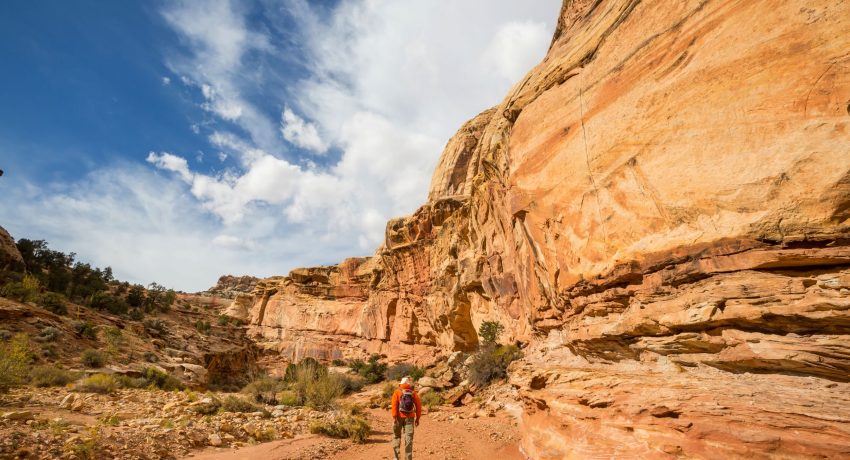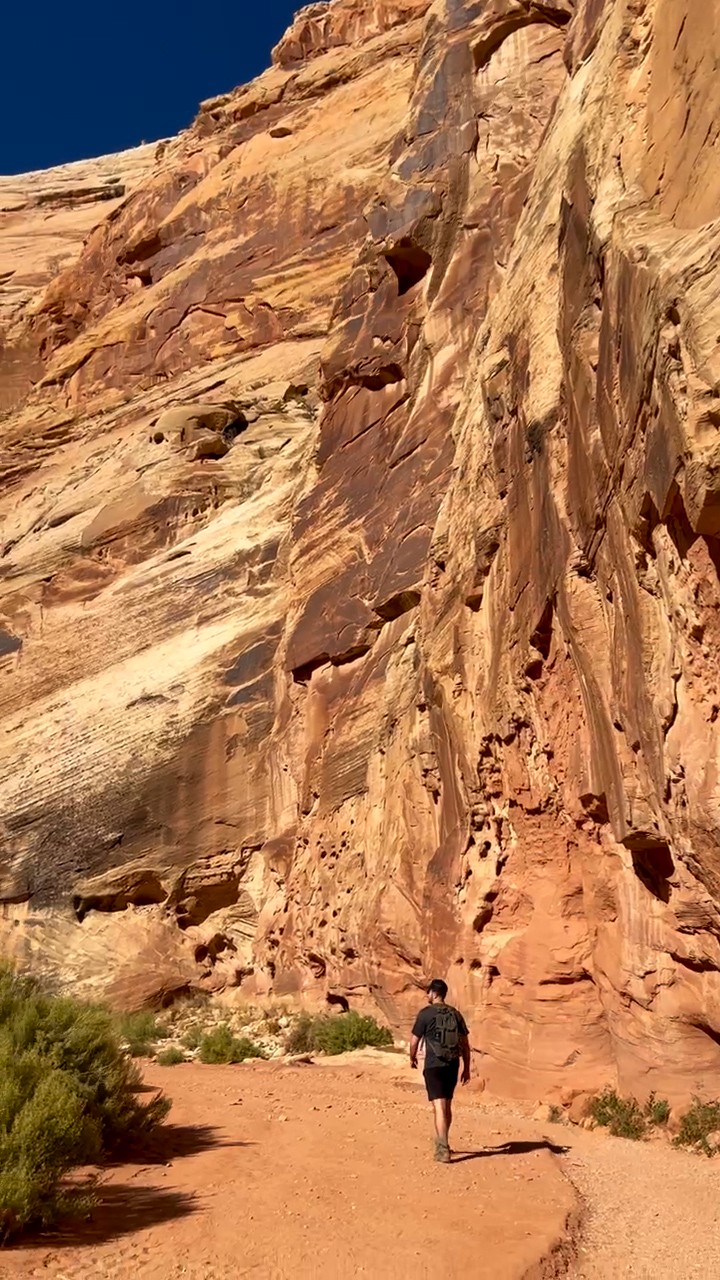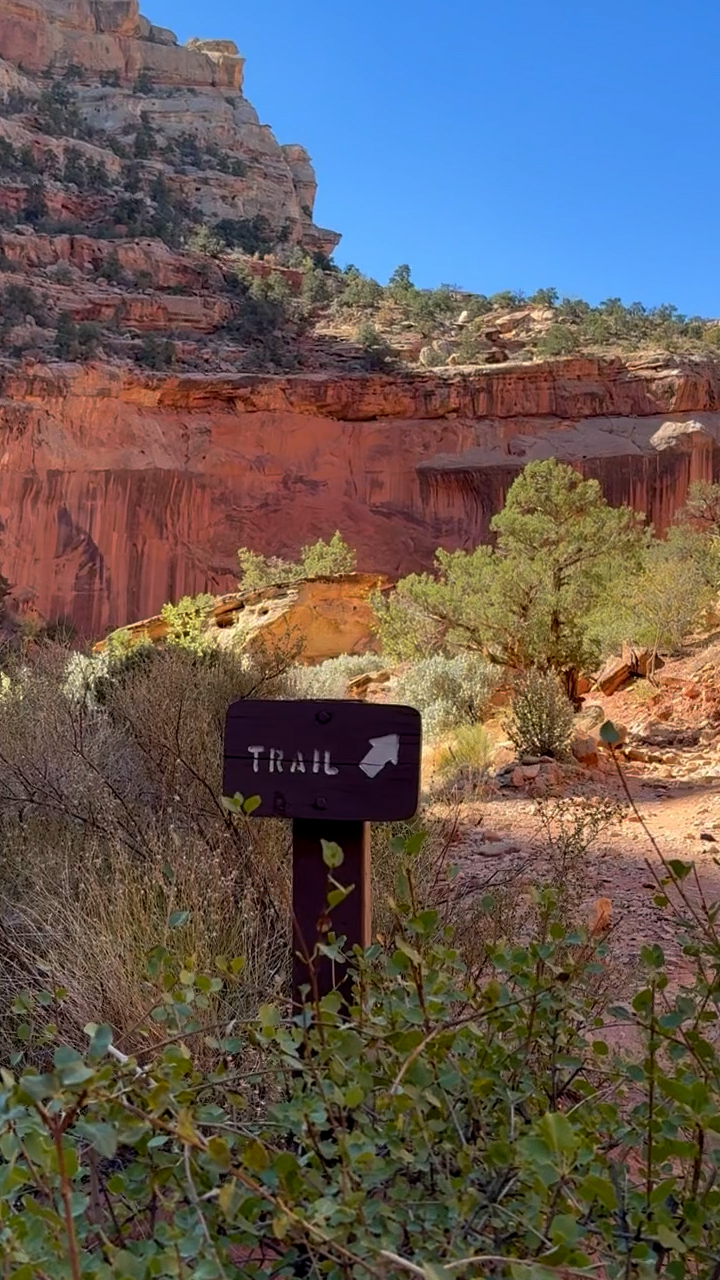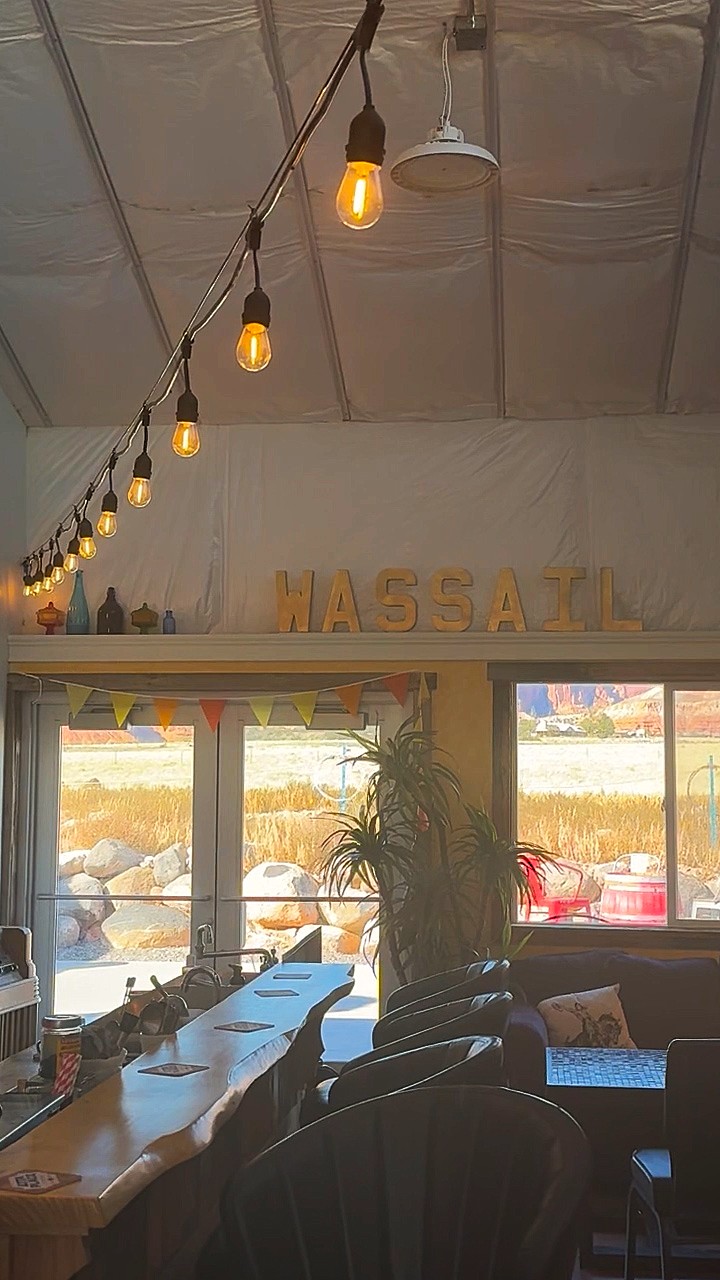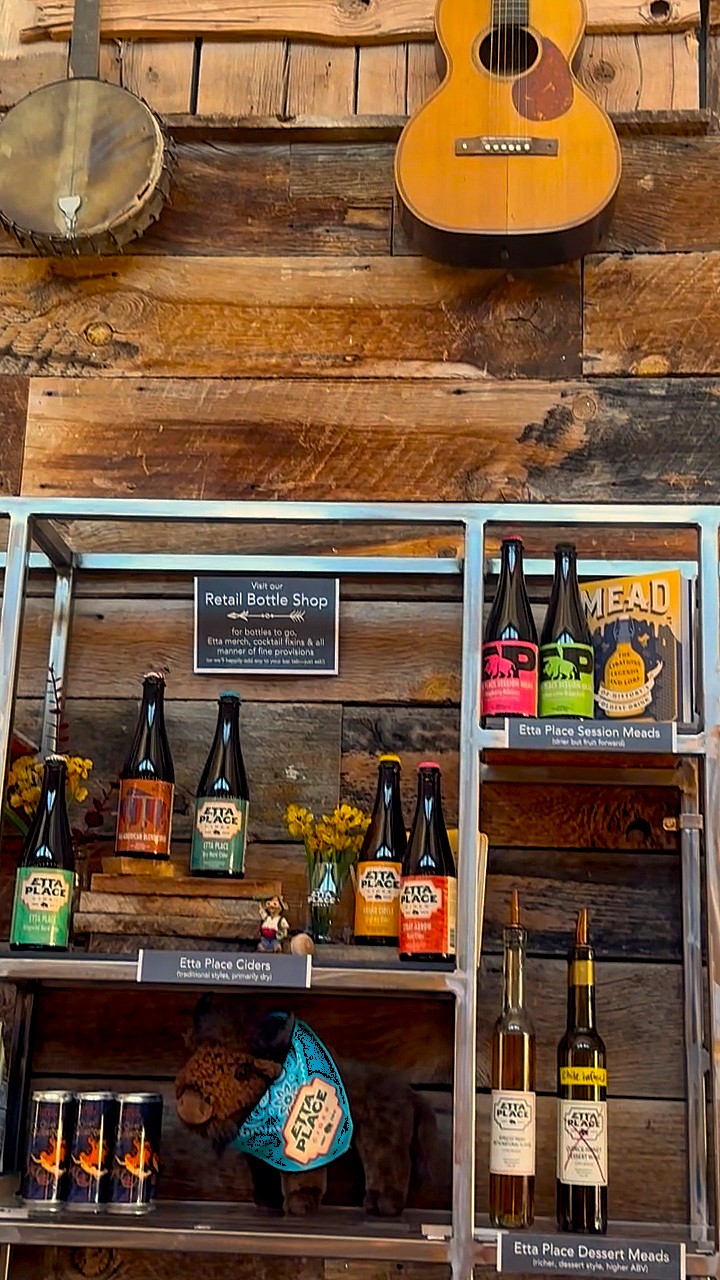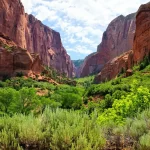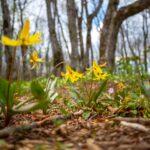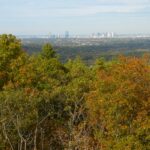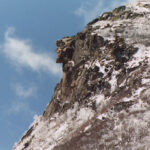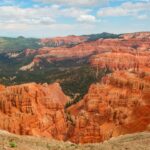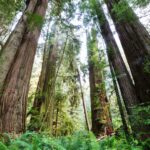Southern Utah’s arid canyon landscapes offer some of the best outdoor recreation in the world, with limitless opportunities for hiking, biking and climbing in places like Capitol Reef National Park. While Southern Utah’s high-desert is undoubtedly a recreational mecca, it doesn’t seem like an ideal spot for an apple orchard.
Etta Place Cidery in Torrey, Utah proves otherwise.
Located just five miles west of Capitol Reef National Park, known for its stunning desert landscapes and unique geological formations, Etta Place Cidery boasts over 500 apple trees and over 90 apple varieties. Just last year, North American Brewers Association named Etta Place Cideries’ Imperial Ciderone of the world’s best ciders.
In late September, we trekked through Capitol Reef National Park under the sweltering desert sun. The high-desert hike, which leaves your lips cracked, your water bottles dry, and your neck as red as the sunrise-painted canyons, demands nothing less than an ice-cold cider (or two or three). So we made our way to Etta Place Cidery, and spoke with Etta’s founders to uncover the secret behind their incredible orchards and the fascinating story behind the name Etta Place.
The Hike: Grand Wash Trail
If you’re exploring Capitol Reef, Grand Wash Trail is a must: The trail takes you through a stunning canyon carved by millennia of water and wind erosion. As you venture into this red rock cathedral, the walls of navajo sandstone narrow and tower up to 800 feet to either side, creating a uniquely immersive hiking experience. The narrowest section of the canyon is short, only about a ½ mile long, but is worth the hike in.
The short, easy and relatively flat trail is packed with great views, but note that its accessibility makes it one of the most popular hikes in the park, so you likely won’t be hiking it on your own. To beat the crowd, we recommend getting to the Northeast Trailhead early in the morning and completing the hike before noon (when the sun is directly overhead and shade is limited). If you want to extend this 4.7 mile out-and-back hike, follow signs for Cassidy Arch Trail, which begins 2 miles into the Grand Wash trail and leads you up out of the wash on your right-hand side.
Grand Wash Trail
- Difficulty: Easy (431 ft elevation gain)
- Route Type: Out-and-back
- Duration: 1hr 45min
- Distance: 4.7 miles
The Brew: Etta Place Cidery
After your hike, head outside the park to Torrey, Utah, where you’ll find a hidden gem: Etta Place Cidery.
The cidery is named after the mysterious outlaw Etta Place, who was the sole woman in Butch Cassidy’s notorious gang of outlaws called the Wild Bunch. “She got away with everything,” Ann Torrence, owner of Etta Place Cidery, told us. “Etta illegally produced alcohol and sold it across Utah…and somehow got away with it.”
Like its namesake, Etta Place Cidery embodies the outlaw spirit. Much like the legendary outlaw herself, the cidery defies expectations by thriving in a high-desert climate.
There aren’t many cideries in Utah. The beehive state has some of the strictest alcohol laws in the country and obtaining a liquor license is no easy feat and requires local consent. Thankfully, Etta Place Cidery acquired a full liquor license in 2023 and started their taproom — making it the only bar in all of Wayne County.
The cidery’s high-altitude orchards are nothing short of extraordinary. Nestled against red rock cliffs in Utah’s arid climate, where annual precipitation averages a mere 8 inches, these orchards defy all odds. In a region with so little rain, how does Etta’s do it?
When owners and founders Ann Torrence and Robert Marc purchased their homestead in Torrey, Utah, they acquired something rare for the state—and the entire Southwest, for that matter: water rights.
“Our growing orchards are on former hayfields that were once irrigated by the Fremont River,” Ann told us. Despite the region’s “high desert” classification, the Fremont River brings life to it.
Desert rivers breathe life into barren landscapes — carving through the arid terrain to create oases where plants, animals, and humans can thrive. Luckily for Ann and Robert, they also support agriculture. In the case of the Fremont River, humans and wildlife alike have relied on this life-giving resource for millennia.
As the old saying goes, when life gives you lemons, make lemonade. When life gave Robert and Ann a high-desert homestead in southern Utah, they made hard cider. And lots of it.
The combination of cool desert nights, intense sunlight, and carefully managed irrigation allows the fruit to develop rich, complex flavors. “Dry air helps minimize the spread of diseases that could affect the apples we grow here,” Ann said. “There are a lot more challenges with growing in a more humid environment.”
The heirloom apple varieties used to craft their cider, such as Aargauer Jubilaums, Brown Snout and Kingston Black, are generally not the best for eating but form the backbone of their remarkable ciders.
Don’t miss Utah’s “Overlooked Corner”
On their website, Etta Place Cidery describes their region as an “often-overlooked corner of redrock country.” We asked Ann Torrence why she thinks that’s the case. “People just don’t know what’s out here,” Ann said.
Part of what makes Capitol Reef National Park and her surrounding canyonlands so special is that they’re not as developed or commercialized as places like Zion and Moab. The nearby desert towns of Escalante and Torrey possess unique desert charm, and, thankfully, remain understated and authentic.
If you’ve ever visited gateway towns near Zion, Bryce Canyon or Arches National Park, you’ll know just how touristy they’ve become. Zion National Park — Utah’s most-visited — welcomes over 5 million visitors every year. Bryce Canyon and Arches receive 2.5 million and 1.5 million annual visitors respectively. In comparison, Capitol Reef receives 1.2 million visitors each year, and many of them spend less than a day visiting the park and don’t realize how many recreational opportunities the area offers. Thanks to the region’s high altitude, Torrey and Capitol Reef also stay much cooler in the summer months than places like Zion and Moab.
“We’d like visitors to come and stay in Torrey for a longer period of time to experience all that our region has to offer,” Ann told us. “A lot of our visitors are on a mission to check all five National Parks in Utah off their list and they usually just budget one night to stay here. But when they see this place for themselves and visit our taproom, almost all of them say the same thing: We wish we could stay here longer.”

